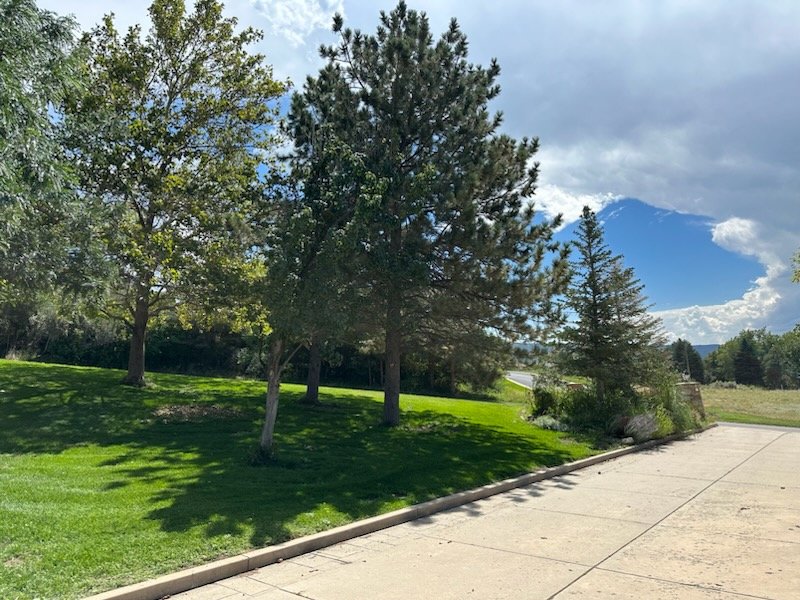
Our Mission
To Provide the best Tree Care against Insects and Disease
Providing Specialized Tree Injection Services
These treatments will be injected directly into the affected tree using our direct-inject system, all done without the use of messy sprays. Our direct-inject system involves us injecting the tree directly into the trunk’s tissue, minimizing the risk of damage as much as possible, giving you full control of this insect or disease issue for one, two, even as long as 3 years with one injection. These other companies’ monthly treatment schedules can be very costly! We want you to get the most bang for your buck, treating only when necessary.

Healthcare & Fertilization
Fertilization is recommended and done when nutrients are lacking for the sustainability of the tree. All varieties of trees can benefit from fertilizing to prolong their aesthetic beauty. We will guide you on proper fertilization along with timing so your tree can get the most benefits. Tree injections can be used for various purposes, including delivering nutrients, pest control products, and tree growth regulators. The type of tree injection you use will depend on your specific needs.
Types of Tree Injections
Fertilizer Injections: Fertilizer injections are a great way to deliver nutrients to the tree’s roots. This type can help to improve the tree’s overall health and vigor.
Pest Control Injections: Pest control injections control pests that are harmful to trees. By injecting pest control products into the tree, you can avoid the need for spraying, which can be detrimental to the environment.
Disease Control Injections: Disease control injections are an effective way to control tree diseases. By injecting disease-control products directly into the tree, you can avoid the need for spraying, which is harmful to the environment.

Save Your Trees From Pine Bark Beetle and Spruce Beetle
Pine Bark Beetle and Blue stain Fungus Treatment and Prevention. Take action to protect your pine trees from Pine Bark Beetles
There are a variety of bark beetles that infest conifers throughout North America. Adults beetles travel by flying to a new tree, tunnel through the bark, mate, and lay eggs in the inner bark. The larvae develop, feed on the inner bark causing damage to the tree and emerge by boring out through the bark. Larval feeding cuts grooves along the inner bark and interrupts the tree’s ability to move water and nutrients up and down within the afflicted tree.

